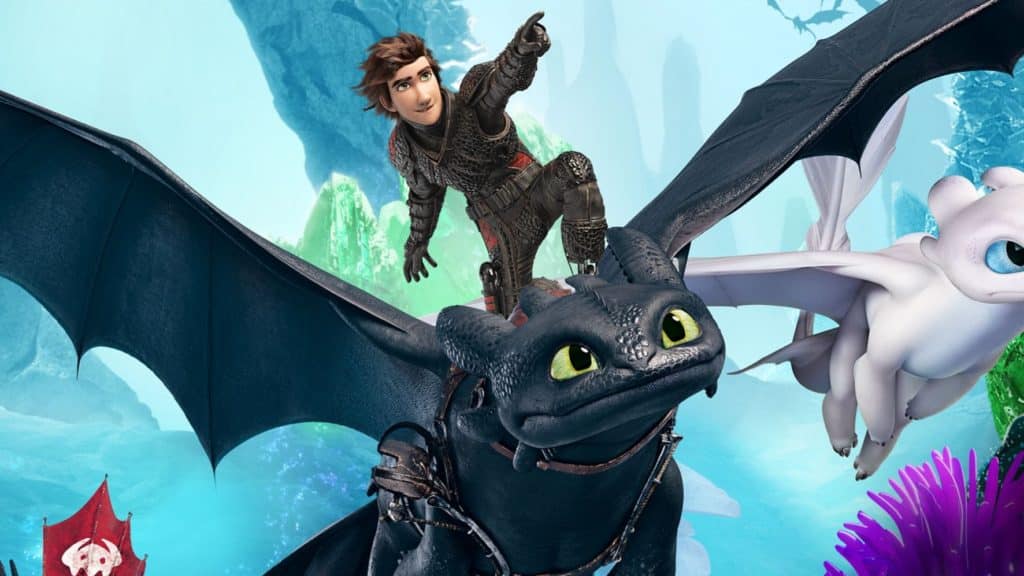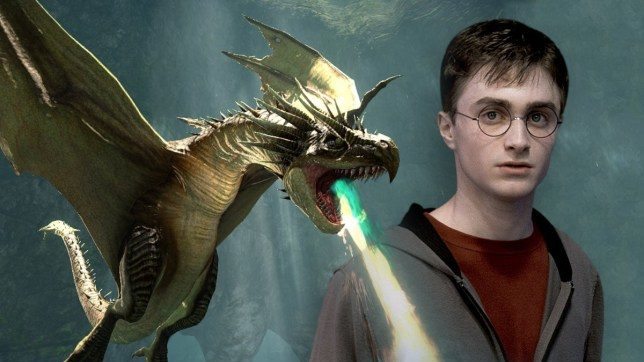The epic poem ‘Inferno’ by Dante Alighieri has captivated readers for centuries with its vivid descriptions of the journey through Hell. Among the many intriguing elements in the poem are the references to dragons, which hold significant symbolism in different cultures. In this article, we will explore the different interpretations and meanings behind the dragon imagery in Dante’s ‘Inferno’.
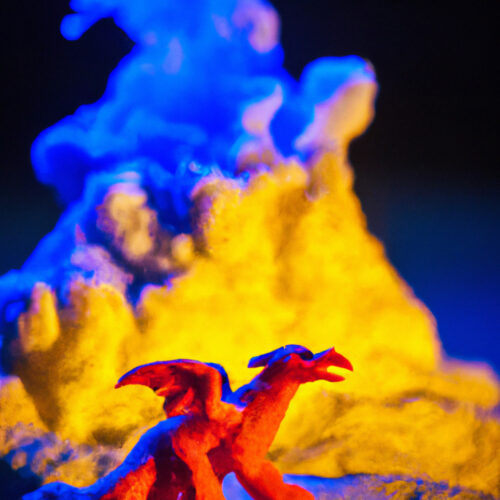
The Dragon as a Symbol of Evil
In various mythologies, dragons are often associated with evil and destruction. Dante utilizes this traditional symbolism and incorporates it into his narrative of Hell. In ‘Inferno,’ dragons guard the entrances to different circles, preventing anyone from escaping or entering without facing the consequences of their actions.
The image of the dragon in ‘Inferno’ not only represents the wickedness of the damned but also serves as a warning to the living about the consequences of their choices. The dragon’s ferocity and power highlight the severity of the sins being punished in each circle of Hell.
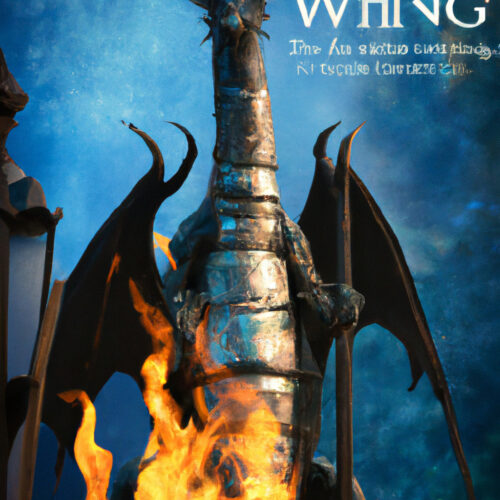
The Dragon as a Vehicle of Divine Punishment
While the dragon typically represents evil, Dante also incorporates elements of divine punishment into the imagery. In Christian traditions, dragons can be seen as instruments of God’s wrath and retribution. By employing this symbolism, Dante emphasizes the moral dimension of the punishments depicted in ‘Inferno’.
The dragons in ‘Inferno’ are not merely frightening creatures but are also enforcers of divine justice. They ensure that the sinners receive their appropriate penalties for their actions on Earth. This portrayal aligns with the belief that sinners must face the consequences of their deeds, and divine justice will be served.
Dragon Symbolism Across Cultures
Dragons have captured the human imagination for centuries, and their symbolism varies across different cultures. In ancient Chinese mythology, dragons are revered as benevolent creatures associated with good luck and prosperity. In contrast, Western folklore often depicts dragons as malevolent beasts to be defeated by brave knights.
These cultural interpretations of dragons add depth to the symbolism found in ‘Inferno.’ Dante blends various representations of dragons, drawing on both Eastern and Western traditions. Through this fusion, he creates a rich tapestry of symbolism that resonates with readers from different cultural backgrounds.
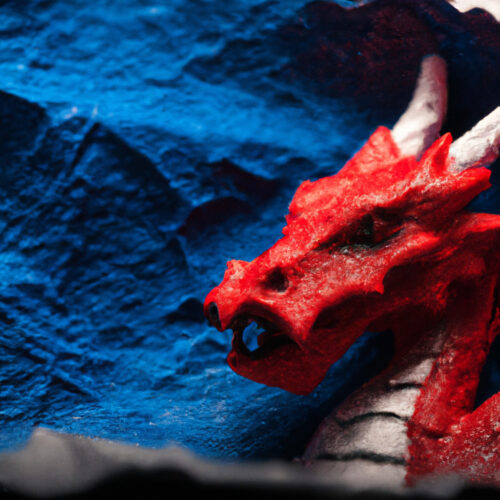
The Role of Dragons in Dante’s ‘Inferno’
Dragons play a crucial role in ‘Inferno’ by intensifying the atmosphere of torment and emphasizing the moral gravity of the sins being punished. They act as guardians, ensuring that no one escapes their rightful condemnation or enters without proper judgment.
Furthermore, the presence of dragons in ‘Inferno’ adds a layer of symbolism to the journey through Hell. As the protagonist, Dante encounters these formidable beasts, representing the obstacles he must overcome in order to achieve redemption and enlightenment.
Dragon Symbolism in Contemporary Culture
The imagery of dragons continues to captivate and inspire people even in modern times. From literature and art to movies and video games, dragons have become popular icons in various forms of media. Their allure stems from their mythical characteristics and the rich symbolism they embody.
If you’re interested in exploring more about dragons or want to dive deeper into the world of these mythical creatures, we recommend visiting DragonLore.com. This website offers extensive information on dragon mythology, history, and folklore, providing a fantastic resource for dragon enthusiasts.
Video: Dragons Through the Ages
Unlocking the Secrets
‘Inferno’ has stood the test of time due to its intricate symbolism and profound exploration of the human condition. Dragons, in particular, serve as potent symbols within the narrative, representing both divine justice and the consequences of human choices.
By decoding the dragon imagery in Dante’s ‘Inferno,’ readers gain a deeper understanding of the moral and spiritual themes conveyed throughout the poem. Whether seen as embodiments of evil or instruments of divine punishment, dragons contribute to the profound impact that ‘Inferno’ continues to have on readers worldwide.
So, next time you delve into Dante’s ‘Inferno,’ keep an eye out for the dragons lurking within its pages, and let their symbolism enhance your experience of this timeless masterpiece.

